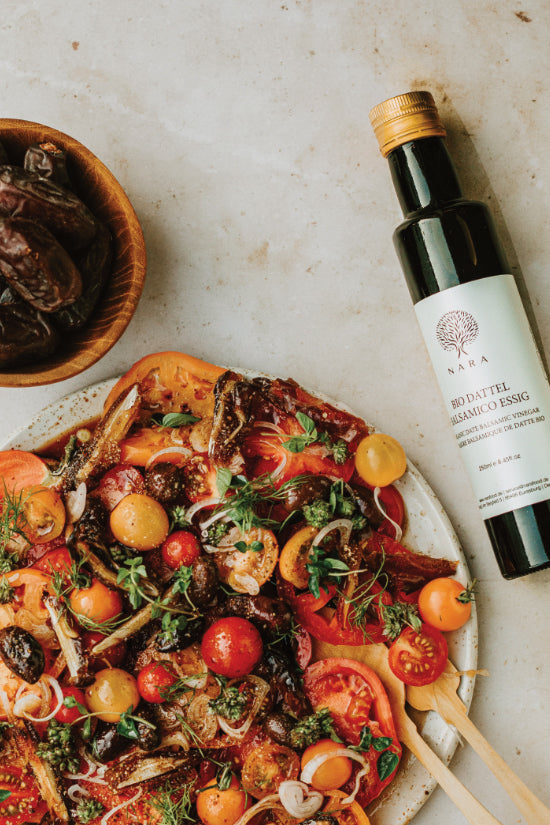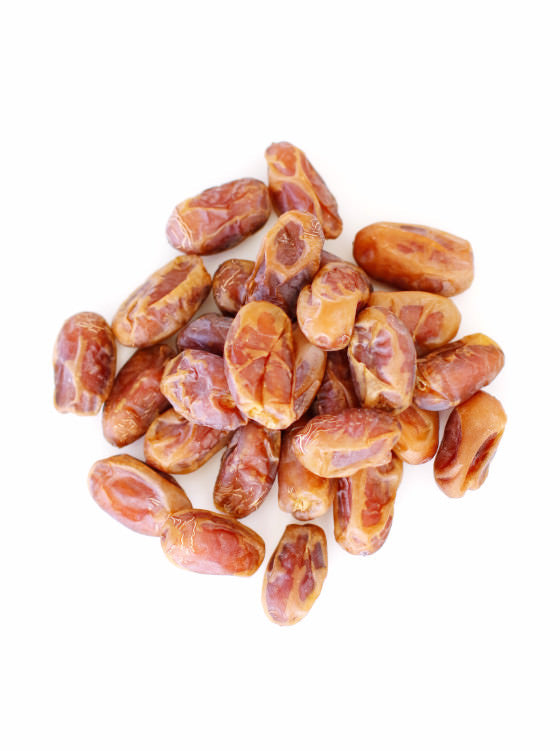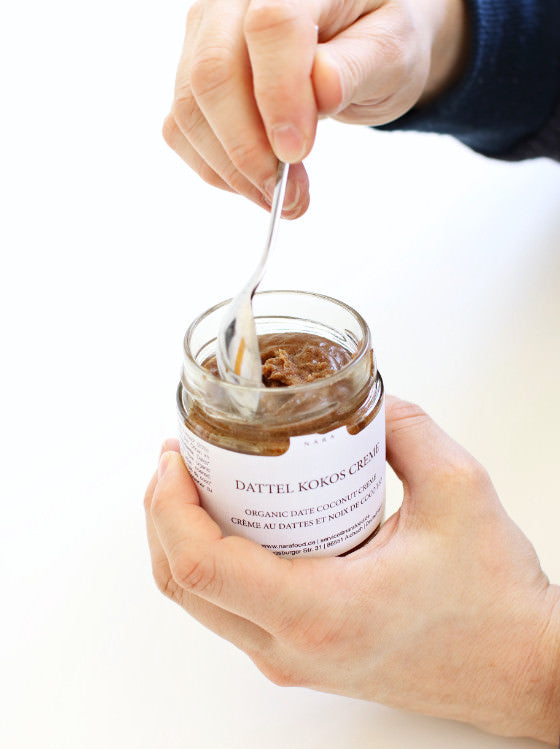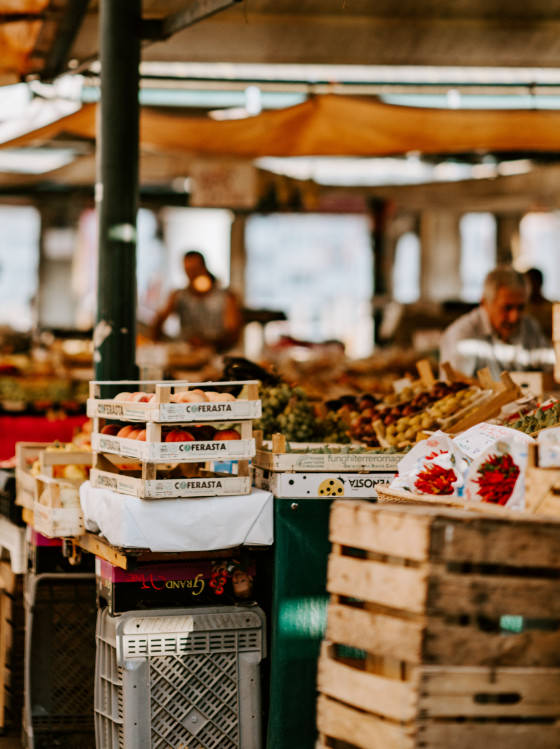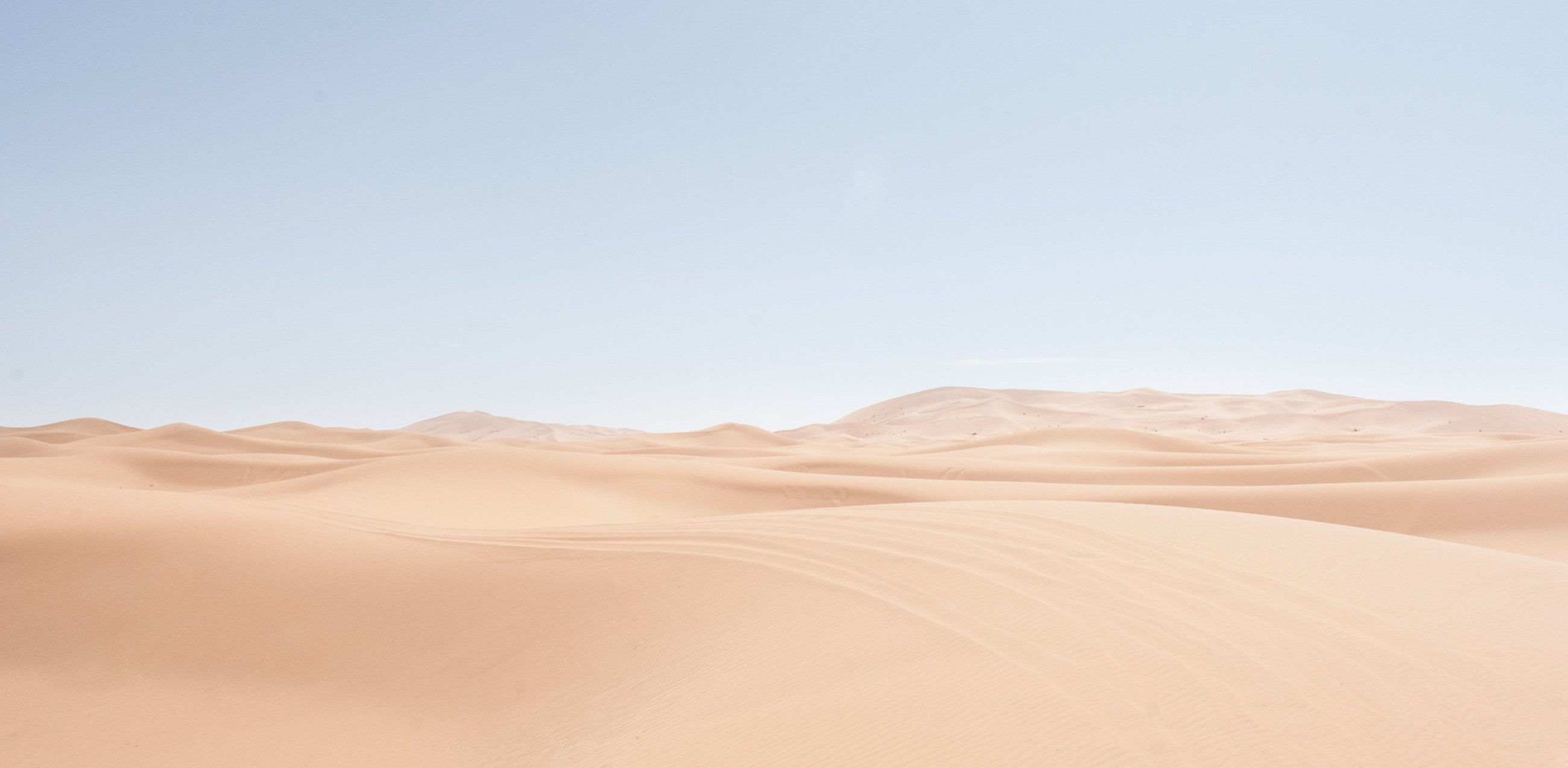
Pistachio kernels in shell, organic, raw food
Untreated pistachios with shell in organic quality
Underneath the firm, beige shell of the pistachios is the bright green, aromatic tasting kernel. It is a pleasure to break open the shells of the nutty fruits one by one and snack on the pistachio kernels. It is not for nothing that pistachios are a popular snack in bars and cinemas. However, they are often served salted and roasted for this purpose. Our shelled pistachios, on the other hand, are completely natural. They are gently dried at low temperatures so that the characteristic pistachio aroma and the many nutrients in the fruit are fully preserved. Try our pistachios with shell in organic raw food quality.
What's in pistachios? Nutrients at a glance:
Snacking on pistachios is not only worthwhile because of their great taste. Pistachio kernels are also a rich source of unsaturated fatty acids, vegetable proteins, minerals and vitamins.
For example, pistachio kernels are a rich source of vitamin B6. Few other foods naturally contain this vitamin in such high concentrations. Vitamin B6 is needed in the body to regulate energy metabolism and hormone activity, among other things.
The mineral potassium contained in pistachios is also vital. Among other things, potassium regulates cell growth and blood pressure and balances the acid-base balance. And pistachios contain a lot of it: 50g of pistachios contain more potassium than a banana.
100g of pistachios contain approx. 15g of protein. Pistachios are therefore particularly rich in protein. Protein-rich foods boost the metabolism and ensure that cravings are avoided. The fiber content of pistachio kernels is also quite high at 10g per 100g. The small, green kernels therefore ensure a balanced intestinal flora and promote healthy digestion.
Pistachios: Cultivation and harvesting
The beige, hard shell that surrounds the green pistachio kernel is surrounded by another 2-3 mm thick layer of fruit. As soon as this turns red, it is a sign that the fruit is ripe. In the last few weeks before harvest, the pistachio kernels undergo a significant growth spurt inside, causing the hard, beige shell to crack open. The fruit layer is then removed in a water bath after harvesting.
Contrary to popular belief, from a botanical point of view pistachios are not nuts, but stone fruits. They grow on an evergreen deciduous tree that roots up to 15 meters deep and can grow up to 12 meters high. For commercial cultivation on pistachio plantations, however, the trees are usually kept much smaller. Pistachio trees can live up to 300 years - an enormous age for a fruit tree. They grow in dry, desert-like areas and need hot days and cold nights in order to thrive.
The Iranian highlands around the cities of Kerman and Rafsanjan are the origin of the fruit and are ideal for growing pistachios. Our pistachios also come from there. Although the green kernels now also thrive in the USA, Turkey, Greece, Spain and Italy, Iran still produces 50% of the world's pistachio kernels.
Pistachios in Persian culture
Persian culture has always appreciated the green fruit. In the Persian language, the pistachio has many nicknames: It is referred to there as "green gold", green almond or smiling nut. Even today, it is considered a sign of special hospitality to serve a bowl of pistachios to a visitor.
Average nutritional values per 100g
- Energy 2490 kj / 602 kcal
- Fat
- of which saturated fatty acids
- Carbohydrates
- of which sugar
- Protein
- Salt
Country of origin: Iran
Recipes with our dates

Orientalischer Reis mit Datteln, karamellisierten Zwiebeln, Rosinen und Pistazien

Kartoffel-Lauch Suppe: Rezept mit Dattel-Nuss-Topping
